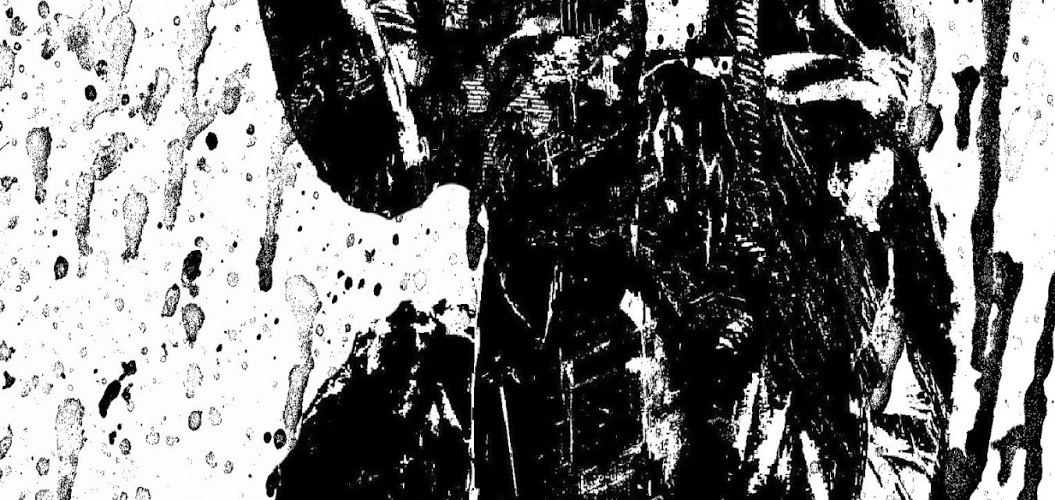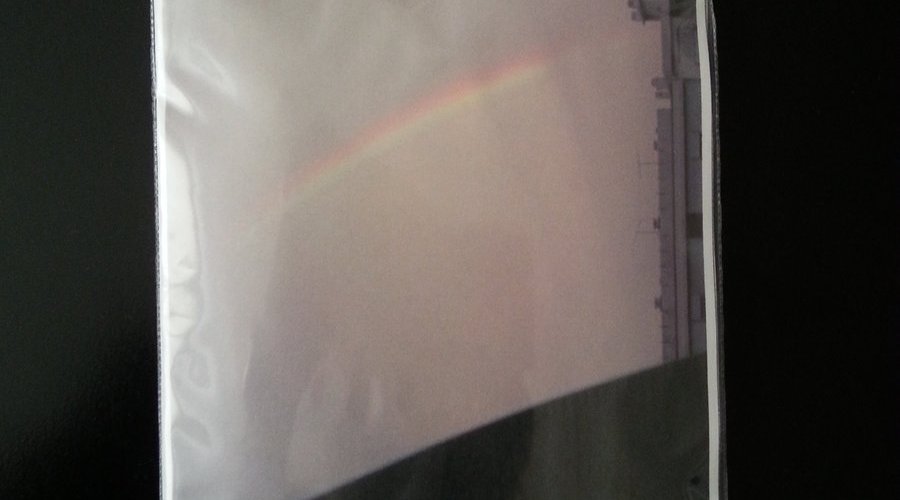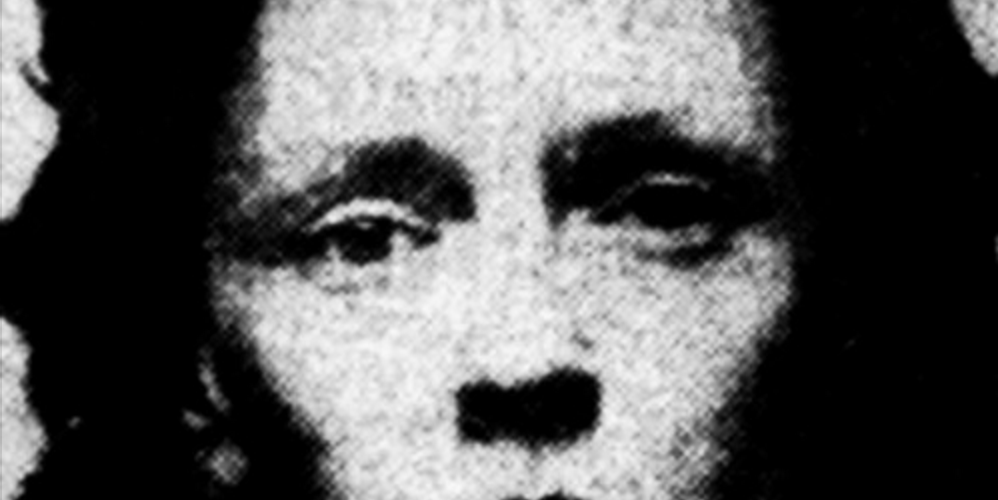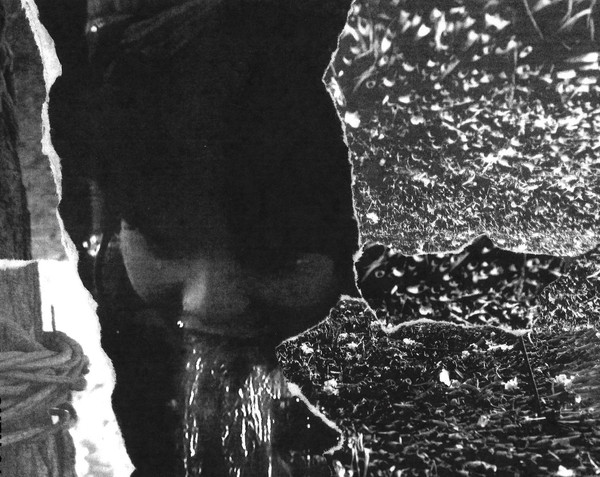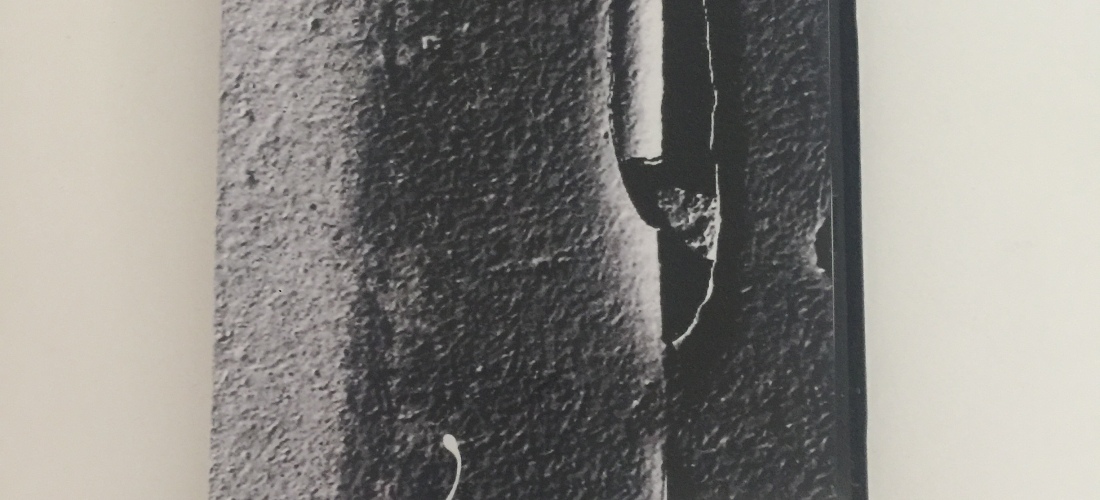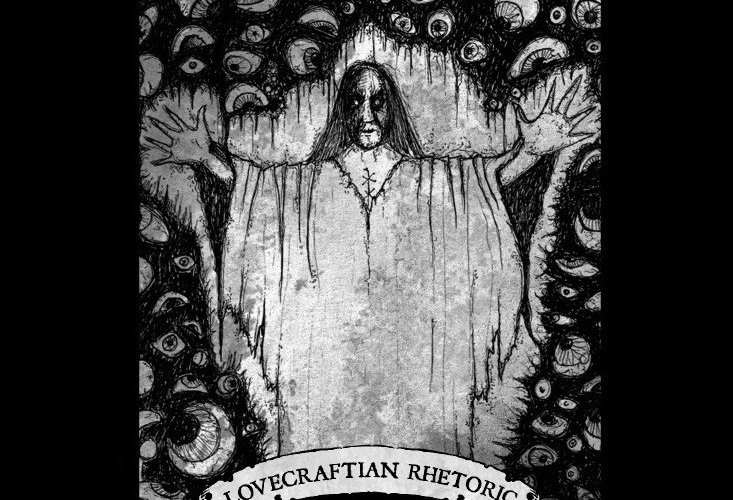Demons in the Architecture is part of a series on Sonic Drift led by Cathal Rodgers, a four-release sequence featuring Rodgers and another noise artist. He’s done splits with Fossils, Culver, and Andreas Brandal, and on this Demons in the Architecture release, Cathal Rodgers shares a C68 tape with drone artist RST. RST is Andrew Moon, who has released quite a few albums since around 1995; Cathal Rodgers is an Irish noise artist who runs Sonic Drift, also known as Spermicidal and Wereju to name a few.
This split is full brooding drones for almost the entirety of its 70 minute running time. RST offers three lengthy tracks, including the somewhat psychidelic “Falcon Leg,” an opener that includes buzzing drones and a crafty guitar line that weaves in and out of the melancholy sustained notes. “Orange Rust and Scarlet” meanders with wind-swept, uplifting harmonies, its sustained notes ringing out as guitar strums draw the listener’s focus. “Vermilion” sounds like an extension of “Falcon Leg,” with improvisational guitar notes adding a nice variance to the unwavering drones.
Cathal Rodgers breaks his tracks down into five with the three-part “Wide Awake and Dreaming” interspersed between them. His drones are heavy and dark, often layering noisy pieces and reverb on top of the other. The longer “Curse the Morning Light,” over ten minutes, drapes itself in darkness before rhythmic pieces begin to appear out of the ether. These are easy pieces to zone out to, but listening to their composition reveals a lot in their structure.
Demons in the Architecture is a good drone cassette, and I’m interested to hear what the other three installments focus on in this series. Cathal Rodgers and RST pair well together, sharing over an hour of creative drones. This is perfect for those looking to zone out or admire the artistry behind the tones.

